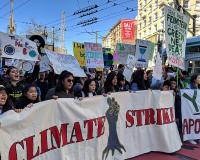
Vibrant Environment
Climate Change And Sustainability
All | Biodiversity | Climate Change and Sustainability | Environmental Justice | Governance and Rule of Law | Land Use and Natural Resources | Oceans and Coasts | Pollution Control

Greta Thunberg’s arrival in New York last month was highly publicized. So was her choice to travel via a “zero-emissions” yacht and her speech before the U.N. General Assembly. What many missed was that she also filed a complaint against five countries over their climate negligence during her visit. But before Greta, there was (is) Juliana (well, Kelsea). Kelsea Cascadia Rose Juliana is the leading plaintiff in Juliana v. United States, otherwise known as the Youth Climate Case. Supported by the nonprofit organization Our Children’s Trust, Juliana and 20 other youth plaintiffs sued the U.S. government in 2015 over its lack of action to combat climate change. Greta and Juliana’s cases are among a small but growing docket of climate-related litigation around the globe, cases that may become the Marbury v. Madison of climate case law.
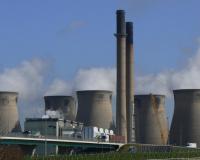
A number of bills have been introduced in recent years to price greenhouse gas (GHG) emissions via a federal carbon tax. These proposals proceed from the implicit assumption that the federal government in general, and the U.S. Environmental Protection Agency (EPA) in particular, does not already have such authority. But this assumption, according to former EPA Assistant Administrator and General Counsel E. Donald Elliott, is incorrect.
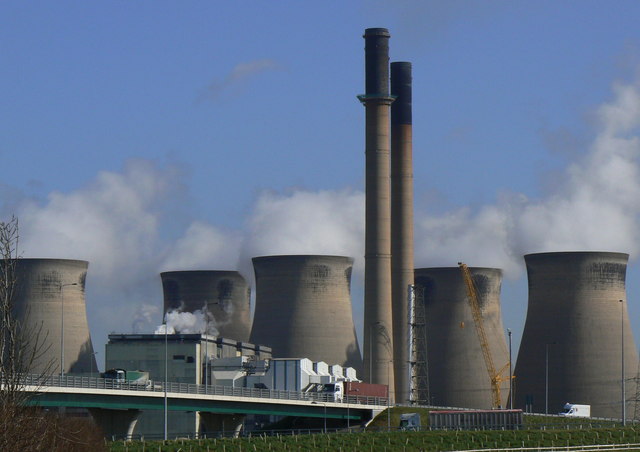

The easiest way to reduce emissions is to avoid producing them in the first place. Because a carbon fee makes it more profitable to avoid carbon emissions, it encourages businesses and individuals to conserve energy, reduce emissions, and develop innovative technology.

It is estimated that over 800 million people will be at risk from the impacts of rising sea levels by 2050, concentrated among 570 coastal cities across the world. Some of these cities have already started to experience the impacts of sea-level rise and storm surges, which has catalyzed efforts by governments and individuals to begin preparing for more projected effects.

I have a confession: I can’t stand the “what’s your occupation” question—credit card applications, cocktail parties, whatever. I find it limiting and often irrelevant. Truth be told, I haven’t known how to answer the question for years. “Environmental, Health, and Safety Executive?” “Sustainability Leader?” “ESG Champion?” The reality is that my default answer has become “recovering environmental lawyer” but I worry that’s insensitive . . . !

50-year celebrations typically feature nostalgic reminiscings about a great run, as with golden wedding anniversaries, or a gauzy look back at a humble beginning for a now-mature organization.
The Environmental Law Institute’s 50th year celebration is different.
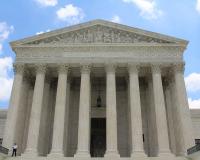
Judges rely on precedential case law and legal interpretation in issuing their decisions, but with an increasing number of court cases relying on scientific evidence, judges must also understand the science to ensure a sound judicial process. Accurately deciding such cases not only determines the case at hand, but could set the precedent for similar cases in the future.
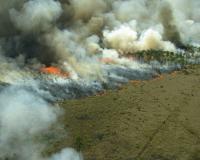
In the last two weeks, Indonesian islands Sumatra and Borneo began experiencing severe forest fires, evoking fears within the region that the fires could have similar effects to the fires of 2015, which was one of the worst years for transboundary haze in Southeast Asia. Following the 2015 fires, Indonesia took steps to limit the burning and draining of peatland to reduce the outbreak of fires in addition to improving environmental sustainability and air quality in the region. However, due to a combination of governance challenges and climate change-intensifying dry seasons, the country has struggled to keep up with implementing fire mitigating activities in all fire-prone areas.

Fifty years ago, on June 22, 1969, the Cuyahoga River of Ohio burst into flame. Although it was not the first time an oil slick burned on the heavily polluted river, the event is often credited as one of the key environmental crises that galvanized the American public to recognize that pollution and other environmental damage were not just local problems, but required national attention.

Just last month, Illinois became the first state to legalize the sale and use of marijuana through its legislature. Including Illinois, 11 states have now legalized marijuana for recreational use, resulting in fast-paced growth of the cannabis industry across the United States. However, as with most new industries, the increased consumption of cannabis products has brought on new sustainability challenges.